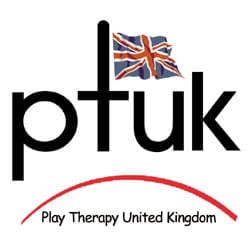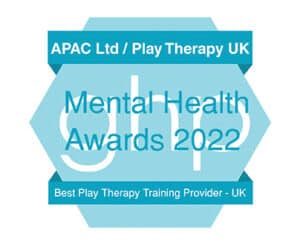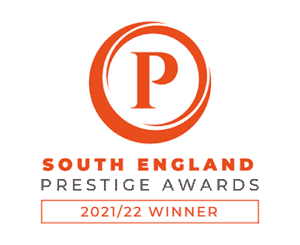This hermeneutics study is an evaluation of the effects of a series of clay research sessions on girls aged from eight to nine demonstrating symptoms of generalised anxiety disorder, as defined in the DSM-IV TR (2000), in a classroom setting. Children with the disorder may be overly conforming, perfectionist, and unsure of themselves. They may end up having to redo tasks because of excessive dissatisfaction with less than perfect performance. They are typically overzealous in seeking approval and require excessive reassurance about their performance and their other worries.
The research was carried out over a twelve week period with participants attending sessions once a week. The aims of the research were to: –
a) assess if there were any changes in how they express themselves through their work with clay;
b) assess whether working with this medium resulted in observable changes in the behaviour of the participants in the classroom environment;
c) identify changes in the indicators of anxiety displayed by the participants whilst at school; and
d) identify any changes in how the participants engaged with their teachers and their peer group.
The creations made were evaluated by an independent clay therapist, a strengths and difficulties questionnaire (SDQ) being completed weekly by the teacher and a Screen for Anxiety Related Emotional Disorders (SCARED) questionnaire completed at the beginning middle and end of the study by the teaching assistant.
There was an overall reduction in the scores of the SCARED questionnaires and also in the results of the overall scores of the SDQ’s. This demonstrates that the use of clay in therapy can reduce the anxieties of girls Faged from eight to nine.
The results of the clay research sessions showed patterns emerging from the images. Three predominant themes emerged from the images the participants made these were people/figures, food and cubes.





